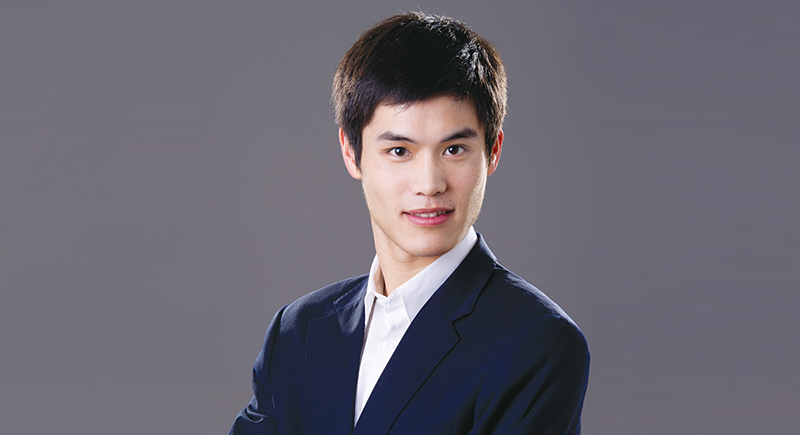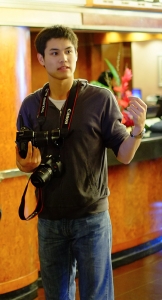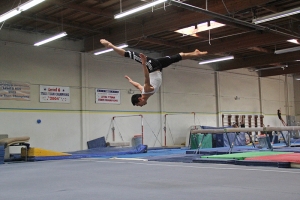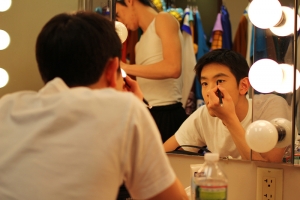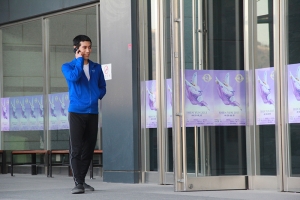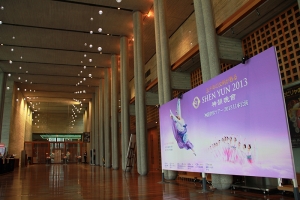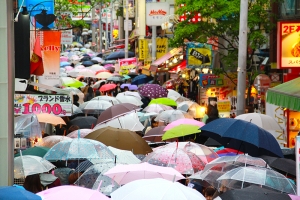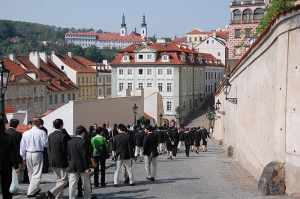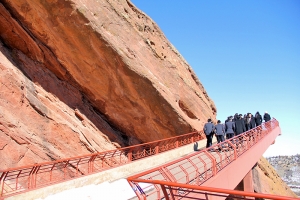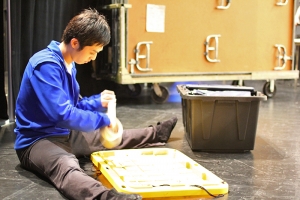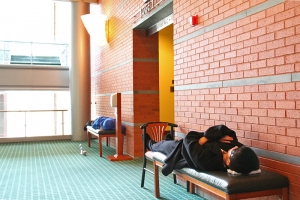Today, Sebastien Chun plays the roles of emperors, Buddhas, and ancient warriors on Shen Yun's stage. Perhaps fitting for a principal dancer with such a uniquely diverse background. His parents, ethnic Chinese from Cambodia, fled the Khmer Rouge's genocide in the late 1970s. They eventually settled in Paris, where Sebastien, the second of five children, was born.
Q: How did you go from drawing under the Eiffel Tower to classical Chinese dance?
SC: I was studying architecture back in France when I encountered classical Chinese dance. That was when Shen Yun first performed at the Palais des Congrès in Paris. I was amazed at the dancers’ energy and techniques. I discovered how exciting dance could be.
I was then able to qualify for a program for studying classical Chinese dance in New York. This is when I made my second discovery: I started realizing how precious traditional Chinese culture really is. And this happened not in China, nor in my home in France, but in New York.
Q: How would you describe the difference between the Chinese and Western cultures?
SC: Chinese culture emphasizes the “inner” part of everything: inner peace, inner feeling, inner restraint. You see this in dance, too: inner bearing is one of the three building blocks of Chinese dance. Food’s another example: French cuisine often requires fancy presentation, whereas Chinese cuisine cares mostly about the taste and less about the surface appearance. That’s not to say French food doesn’t taste good—but you can see a difference in cultural emphasis.
Q: With Shen Yun, you’ve often played the role of emperor. How do you portray such a noble character?
SC: Portraying a character is probably one of the hardest things in dance because it’s something intangible—it’s something you need to really think about. But at the same time, there’s no limit to how you can portray this character. The more you step into the character’s frame of mind, the closer you are to him and the better you can understand the person.
The most prosperous dynasties were ruled by great, virtuous emperors. And the emperor would truly care for his people—sometimes he would even dress up as a commoner in order to understand the world from their perspective. So when I’m playing an emperor, I imagine this state of mind and try to embody this sort of dignified presence.
Q: In each performance you have many different roles. How do you manage to change costumes so quickly?
SC: That’s definitely a challenge. Last season, I transformed from an emperor to a guard to a monk. Even while I’m changing costumes I’m already thinking about my next role. The moment right before the curtain opens I already need to be that character.
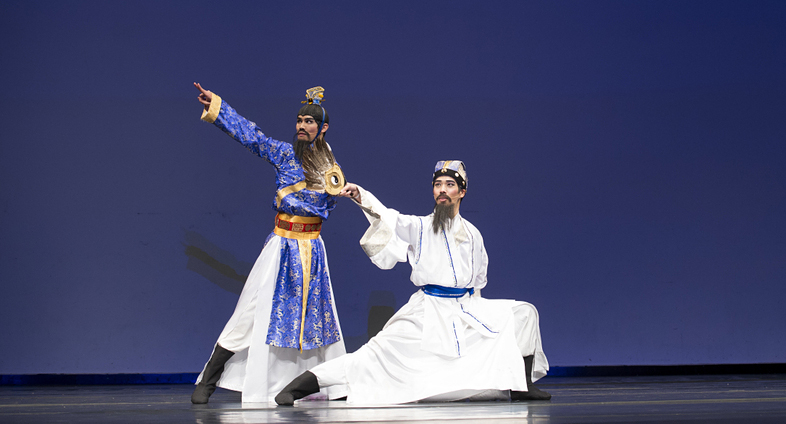
Q: What’s your favorite Chinese ethnic dance?
SC: I’d have to say the Mongolian ethnic dance. When I watched Shen Yun the first time, I was most captivated by the dance “Herding on the Mongolian Plains.” It was both powerful and incredibly beautiful at the same time. And I’ve liked every Mongolian dance we’ve had since; “Chopsticks Zest” is definitely one my all-time favorites.
Q: How would you describe Mongolian dance to someone who hasn’t seen it before?
SC: Well, the Mongolian dance style emphasizes a sense of pride and an open heart—a heart as broad as the vast, grassy plains where Mongolians live. They are also very connected to their natural environment, so you see movements imitating eagles and horses.
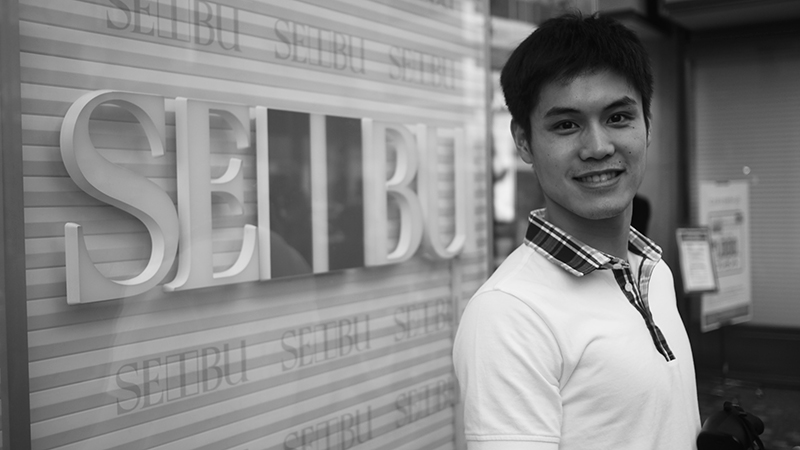
Q: Did you ever wonder how a Parisian audience would react to the show?
SC: Paris is, of course, a city steeped in culture, and I knew the French have very high expectations from the arts. But when I meet French audience members at VIP receptions after the show, they talk about how amazed they are. I think they see the harmony between the dancers and how we really enjoy what we’re doing. They see a strong, positive message—and they connect with it.
Q: What keeps you motivated throughout the long year of rehearsals and performances?
SC: You mean, besides getting to travel all over the world? I think what keeps me, and many of us going, is how the audiences are always so touched after seeing the show. It’s very encouraging for me because I feel that that they understand. This is a big mission—a big project with a big meaning. And I feel very fortunate to be a part of this. I cherish this opportunity.
Q: What do you do in your free time?
SC: I’m a passionate amateur photographer, and traveling with Shen Yun to so many places has built up my photography collection rather quickly!
June 21, 2013


